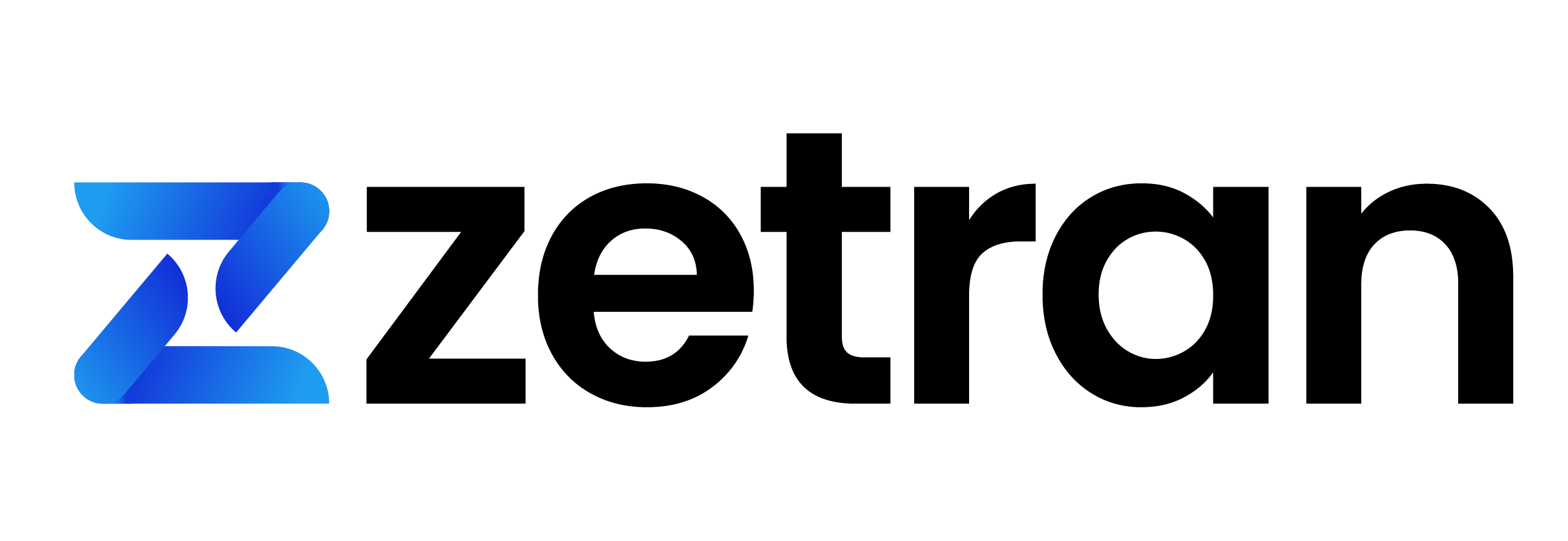In this article, we are going to discuss,
Beginning Inventory
Ending Inventory
- Definition
- Formula
- Method 1: Closing inventory FIFO method
- Method 2: Ending Inventory LIFO method
- Method 3: Weight average method
Let’s discuss without any further delay.
Beginning Inventory:
What is beginning inventory?
The beginning inventory is the book value of all company inventory by an organization or a business at the starting accounting period. It represents all the business goods that help for revenue generation. By using the beginning inventory formula and calculation, you can understand your initial inventory accounting period. It is also known as opening inventory.
The beginning inventory is one of the most important components for most inventory performance metrics. The inventory efficiency is a bit hard to analyze without the help of beginning inventory value.
NOTE:
It is considerably more important to note the value of opening inventory and closing inventory (ending inventory). Because both the inventories should have equal value from the prior accounting period.
How to calculate beginning inventory?
Here are the steps to calculate your opening inventory value.
- By using your previous accounting record periods, calculate your COGS (cost of goods sold)
- Use your closing inventory value. Multiply it with each item’s production cost. Do a similar calculation with the amount of new inventory
- Add your COGS (cost of goods sold) and the ending inventory.
- Finally, to get your beginning inventory value, just subtract the purchased inventory from the resultant value.
- Thus the result value is your beginning inventory value.
What is the formula to calculate beginning inventory?
The beginning inventory for the start of a new accounting period is calculated with the help of COGS and the ending inventory’s previous accounting period.
The formula to calculate beginning inventory is,
Here is the formula and steps to calculate opening inventory:
COGS (Cost of goods sold):
TO calculate the end of an accounting period COGS, use your previous accounting period record.
COGS = ( Beginning Inventory + Purchases ) – Closing Inventory
Ending Inventory Formula (from the prior financial period)
If it is your first time calculating your ending inventory value, you need to determine the newly purchased inventory and the sold inventory for the respective period.
Here is the formula to calculate your ending inventory,
Ending Inventory = Beginning Inventory + Net Purchases – COGS
Example of Beginning Inventory calculation:
Let us consider Thomas has shop X selling sofas. During his last accounting period, let’s say he sold 1500 sofas. Thomas purchased each of the sofas for $400 from the supplier. Now the COGS (cost of goods sold) is,
COGS = Price of Manufacturing * Quantity
= $400 * 1500 = $600,000
Now, let’s consider Thomas has sold 900 sofas at the end of the period. Thus, the remaining sofas are 600. Thus the ending inventory worth is,
Ending Inventory = Price of manufacturing * Left inventory (Remaining)
= $400 * 600 = $240,000
Further, Thomas has purchased additional sofas of 500 from the supplier for his business in the new year. Thus, the cost for new inventory is,
Purchase = Price of manufacturing * Quantity
= $400 * 500 = $200,000
Thus the beginning inventory is calculated using the above formula.
Beginning Inventory = (COGS + Ending Inventory) – Purchase
= ($600,000 + $240,000) – $200,000
= $640,000
Thus, their beginning inventory of Thomas during the accounting period start is $640,000.
Ending Inventory:
What is Ending Inventory?
Ending inventory is the number of goods left for sale by the company at the accounting period end. The amount of ending inventory is estimated using various methods. It is also known ad closing inventory.
The physical count of ending inventory remains equal on any of the ending inventory calculation methods. The management is responsible for choosing the ending inventory method. It will affect the ending inventory dollar value.
The commonly used method to evaluate ending inventory is,
- Weighed Average Method
- First In, First Out (FIFO)
- Last In, First Out (LIFO)
What is the formula to calculate ending inventory?
As we discussed above, to estimate your closing inventory, the formula is
Here,
- Beginning Inventory = The last period’s closing inventory.
- Net Purchases = The goods you bought and added to your count of inventory.
- COGS = The total manufactured or purchased goods costs that are ready for sale.
Ending Inventory Calculation Methods With Example.
One of the easy peasy ways to estimate your closing inventory is by doing the physical inventory count. But this tends to be easier if the items count is small in number. But for a large number of goods, it is more difficult to track them.
As we discussed earlier, there are different methods to calculate your ending inventory. Your chosen inventory method will impact your business’s financial results. So, make sure to pick an inventory method that suits your business.
Let’s discuss the different ending inventory methods.
First IN, First Out (FIFO) Method:
From the name itself, it is clear that it is an accounting method the item you purchased first from the supplier will be sold first.
Using the FIFO closing inventory method, the amount of your most recent purchased inventory is added to your cost of goods sold (COGS) before the early purchases. All early purchases are added to the ending inventory. This method is the most common method used in the United States.
Example for FIFO Method:
Let’s say Thomas bought 5 chairs for $15 each. And later, he purchased the same 5 chairs for $20 after free months from the supplier.
Now, Thomas has a total of 10 items in his inventory. He sells the first 5 chairs using the FIFO method. He sells those 5 chairs bought for $15 each and records his cost of goods sold as $75.
Most business owners and accountants will pick the FIFO method for their business. Because it gives a higher ending inventory value compared to that of the LIFO method.
LAST IN, FIRST OUT (LIFO) Method
This method is nothing but the item purchases last from the seller are sold and shipped first to the customer. In simple words, the items purchased, at last, will be sold at first.
Most accountant suggests LIFO method during the period of decreasing prices.
Example for LIFO Method:
Let’s consider the same example discussed for FIFO i.e. Thomas bought 5 chairs for $15 each. And later, he purchased the same 5 chairs for $20 after free months from the supplier.
Here Thomas sells his lastly purchases 5 chairs for $20 using the LIFO method. So, after selling the most recently purchased item, he records his COGS as $100.
Weight Average Method:
The weight average method (WAC) is estimated by dividing the total amount that spend on inventory by the total items you have on hand. The resultant value is the average cost of goods purchased in the ending inventory.
The weight average method is one of the easy ways for ending inventory estimation. Here all the sold products tend to be identical.
Example for Weighted Average Method:
Let’s consider, Thomas initiated with the beginning inventory balance of 100 items at $2.50 each. Later, Thomas purchased the additional amount of items of 400 for $3.50 each. Thomas’s ending inventory includes all 500 items as $3.25 each, with the whole total amount of value as $1300. Here it is assumed that Thomas has never made any purchases during this period.
FQA’s
Should ending inventory be higher than beginning inventory?
The opening inventory will include all the inventory owned by a business, which is sold to yield revenue. It is significant to note that — the opening and the closing inventory must have a similar amount from the prior accounting period.
What happens when beginning inventory is overstated?
It will lead to overstated COGS and understated net income. Contrarily, understatements of opening inventory conclude in understated COGS and overstated net income.
What happens if ending inventory is overstated?
It will lead to a reduction in stated COGS, which states that the net income before taxes is overstated by the inventory overstatement amount. Nevertheless, income taxes must then be paid on the overstatement amount.
How does closing inventory affect profit?
When there is a raise in your closing inventory, the COGS will tend to reduce resulting in gross profit enhancement. Simply we can say as — the closing inventory value has a direct impact on the gross profit.
What is the relationship between beginning and ending inventory?
The relationship between beginning and ending inventory is — Beginning inventory + net purchases – COGS = ending inventory. Your opening inventory is the last period’s closing inventory.
Relates Articles
Days in Inventory | Inventory Turn Over Ratio | Complete Guide
Days in inventory, are also named as day inventory outstanding (DIO), inventory days of supply, and the inventory period. Read more
Inventory Shrinkage | Definition, Formula, Cause and Prevention
Inventory shrinkage is one of the common issues. Inventory shrinkage will result in your business in profit drop. Read more
Inventory Write Off | All you Need to Know with Example
Inventory write-off is just a term used in the accounting process of decreasing the inventory value that has totally lost all of its value. Read more
Exploring Retail Store Management System & Inventory Management
Store Management System is one lightweight application that will track your business’s daily cash flow, both cash in and out. Read more






